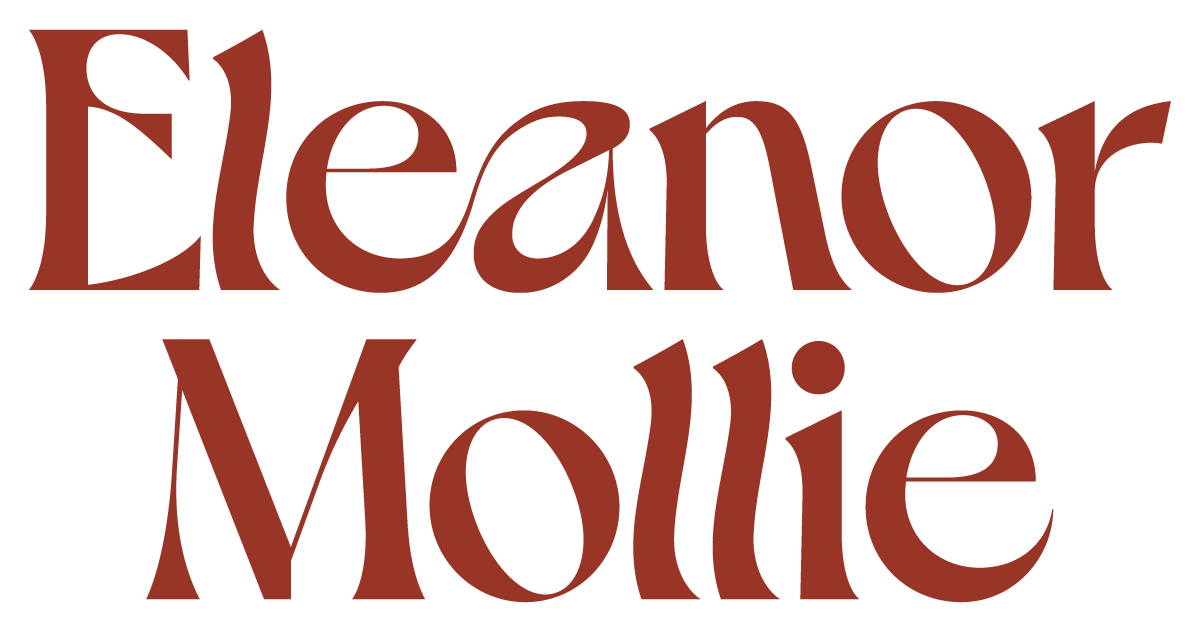How to set up your Substack profile as a writer (or a reader)
Planning to set up a Substack? It can seem a bit confusing at first, but I promise we’ll get through it. Here’s a guide to how to set up your Substack profile, laying the foundations for your author journey (because frankly the more people sharing their stories, the better!)
Your publication profile
If it helps, think of Substack as a magazine, and you as the journalist. This section is all about the publication (a.k.a. “the magazine”).
Publication name
This is the title of your publication, and can capture what your Substack is about. For example, Tamu Thomas’s is called WOMEN WHO WORK TOO MUCH, which perfectly encapsulates who her work is for and gives you a great idea of what she’s going to write about. It can also be more abstract, and you can have fun with it too, like Susan Spungen’s Susanality, where she writes about working with seasonal produce. Alternatively, if it’s going to be the home of your entire business, you could just name it that — our podcast Substack is just called RE: The Podcast.
A brief description
This one or two liner should sum up what you’re going to write about, and why people should subscribe. It will show in previews, and on your signup page.
Publication URL
This one’s fairly self-explanatory: this is what will show in the address bar when people come to your Substack. This can be the same as your publication name, or different; for example, my Substack is called Pep Talk but can be found at theenthusiastco.substack.com, because it’s attached to my other brand, The Enthusiast & Co. You could also redirect a non-Substack URL, if you want to — either via your domain provider, or via Substack itself (but there’s a $50 fee if you choose this option).
About page
This is longer than your brief description, and functions exactly as an about page on a standard website does: to let people know who you are, what you do, and why you’re worth their time! It’s also a great place for housekeeping, like your posting regularity and subscriber benefits.
(A lot of people are also doing something similar with a “hero” post, like this post from Dina.)
Logo
Simplicity is key with your Substack logo, because it appears fairly small in menus, lists and your homepage — so you want it to be punchy!
Colour palette & font
This is another way to get your branding across your publication: you can change the colour of your background, your buttons/highlights, and the fonts for your headings and body text from Substack’s prescribed options.
Writer profile
Here’s where that magazine analogy comes in handy: the writer profile is more about you as the writer/author/journalist/whatever you want to call it.
Name
It’s always a good idea to use the first and last name that you use in business, because it’s one of the ways that you can be discovered by prospective readers. That is, if you want to be found — if not, use a pseudonym.
Handle
Similar to an instagram or X handle, your Substack handle is your @. This is most used when people tag you in their publications and in Notes. When I did a round-up of Substacks over Christmas I tagged over 100 profiles, so I can say from experience that it’s a whole lot easier to be found when your handle somewhat resembles who you are — mine is @elliekime, for example.
Bio
This is your ‘writer bio’, if you like, so needs to cover everything you do (or, at least, everything you want to include). For example, I include that I’m the founder of Eleanor Mollie and The Enthusiast & Co, but I also include something fun, to give people an idea of my tone of voice and personality.
Profile Picture
A picture of your gorgeous face (if you fancy it, of course).
Social Links
Again, this one is self-explanatory: add your social links, so that when people inevitably fall in love with your writing and want to follow up in other places, they can find you.
If you’ve found this guide to setting up your Substack profile useful, let me know where to find you below!

